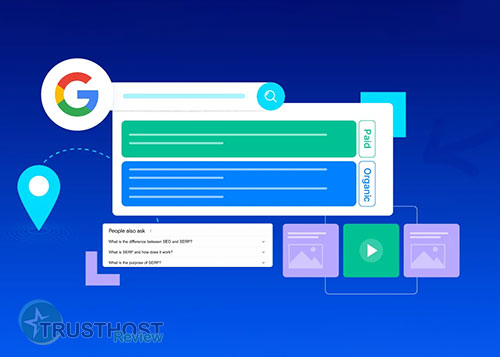Utilizing FTP for Secure File Transfer, Website Management, and Code Deployment
In the ever-evolving digital landscape, securing your website from hackers is paramount. As websites become more complex and data becomes more valuable, implementing robust security measures is no longer optional—it's essential. One crucial aspect of website security is choosing the right file transfer protocol. FTP (File Transfer Protocol), a veteran in the field, remains a widely used method for transferring files between computers on a network. However, its age also brings security vulnerabilities. To address these concerns, we'll delve into best practices for secure FTP usage, focusing on SFTP and FTPS.
Understanding FTP and its Vulnerabilities
FTP, established in the early days of the internet, was not designed with today's security threats in mind. It transmits data in plain text, making it susceptible to eavesdropping and man-in-the-middle attacks. Passwords are also sent unencrypted, leaving them vulnerable to interception.
Secure Alternatives: SFTP and FTPS
SFTP (SSH File Transfer Protocol)
SFTP provides a secure alternative, leveraging SSH (Secure Shell) to establish an encrypted connection. This ensures all data transmitted, including passwords, remains confidential and tamper-proof. SFTP is widely supported by modern FTP clients and servers.
FTPS (FTP over SSL/TLS)
FTPS enhances security by adding SSL/TLS encryption to standard FTP. It offers similar protection to SFTP, encrypting data transmissions and securing authentication credentials. Choosing between SFTP and FTPS often depends on server and client support, with both providing robust security.
Best Practices for Secure FTP Usage
- Choose SFTP or FTPS: Prioritize these secure protocols over standard FTP to mitigate inherent vulnerabilities.
- Strong Passwords and Two-Factor Authentication: Enforce strong, unique passwords for FTP accounts. Implement two-factor authentication for an added layer of security.
- Limit Access and Permissions: Grant access only to authorized users and assign granular permissions based on their roles. Regularly review and revoke unnecessary access.
- Keep Software Updated: Regularly update your FTP client, server software, and operating systems to patch vulnerabilities and benefit from the latest security enhancements.
- Disable Anonymous FTP: If not required, disable anonymous FTP access to prevent unauthorized file sharing.
- Regularly Audit and Monitor: Implement logging and monitoring mechanisms to track FTP activity. Regularly audit logs to detect and address suspicious behavior.
Secure Your Website's File Transfer Process
In today's digital landscape, securing your website is non-negotiable. By adopting secure file transfer protocols like SFTP or FTPS and implementing best practices, you can significantly strengthen your website's security posture. Protect your valuable data and maintain user trust by prioritizing secure FTP usage. Remember, a proactive approach to security is crucial for staying ahead of cyber threats and ensuring the long-term success of your online presence.
By adhering to these best practices and selecting the right FTP solution, you can bolster your website's security, safeguard sensitive information, and ensure a trustworthy online environment for your users.
















